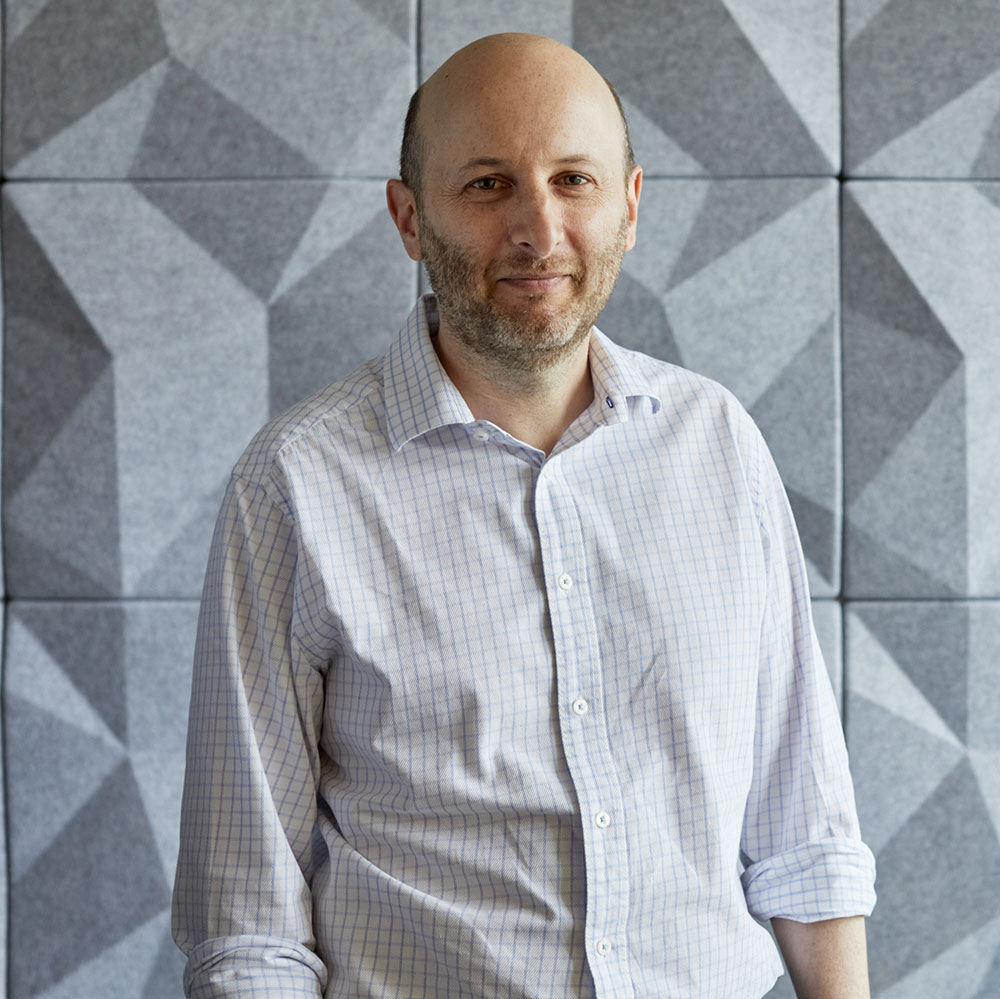Brain cancer kills more children than any other cancer. Unfortunately, it is not as rare as we would wish it to be… in fact, it is the second most common cancer in children after leukaemia, with well over 100 children and adolescents diagnosed each year in Australia.
Most aggressive of all is a brain cancer called diffuse intrinsic pontine glioma, or DIPG. This devastating disease most often occurs in children under 12 and with no effective treatments available, it is usually fatal within a year of diagnosis.
Amity & Liliana's story
Amity and Liliana were diagnosed with the deadliest childhood cancer. For them they were no options. But their contribution is changing the future for children with DIPG. Click on the image to the right to watch their story.

An Australian first
Our Institute is the Australian hub of the international DIPG registry, a global network of researchers and clinicians working on DIPG.
Our Brain Tumours group is the only laboratory program in the country dedicated to researching and finding new treatments for DIPG. Led by Associate Professor David Ziegler – a paediatric oncologist at Kids Cancer Centre, Sydney Children’s Hospital, as well as a cancer researcher at Children’s Cancer Institute – the team established Australia’s first-ever tumour bank for DIPG in 2011.

Establishing the tumour bank has been a huge step forward, because it has allowed us to grow this cancer in our laboratories and screen it against hundreds of drugs to find those that are effective at killing it."
- Associate Professor David Ziegler

Making progress with DIPG Cancer
Our team has succeeded in identifying a number of drugs that appear to be highly effective at killing DIPG cells and has tested these in laboratory models of disease. Based on this research, several clinical trials have launched or are in development for children with DIPG.
Our results so far strongly suggest that a coordinated combination of therapies, rather than any one drug on its own, is most likely to improve survival rates in children with DIPG. This has led our team to pursue what is known as a ‘total therapy’ approach to treating DIPG – a similar approach to that used to treat children with leukaemia.

In time, I believe we can do for brain cancer what has already been done for leukaemia. Once, the survival rate for leukaemia was zero. Today, it’s over 85%."
- Associate Professor David Ziegler
Hope for the future
While we don’t yet have a cure for DIPG, we are making major inroads. For the first time ever, there is hope on the horizon for the families of children diagnosed with this disease.
News & updates

Professor David Ziegler elected fellow of the Australian Aca...

International study sheds new light on deadly childhood brai...

Funding to support continuity of Zero Childhood Cancer for a...











